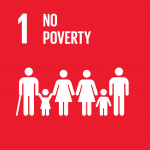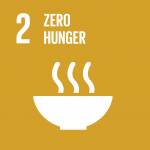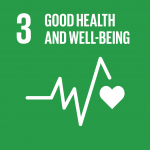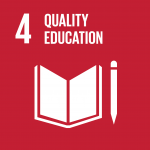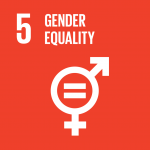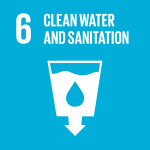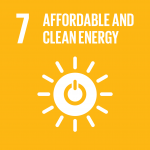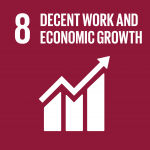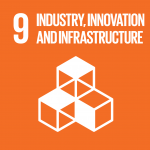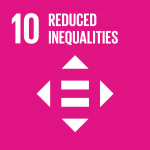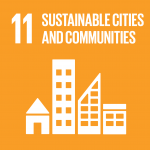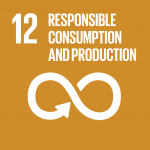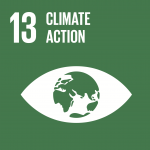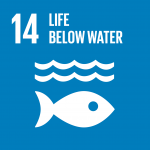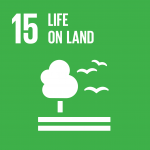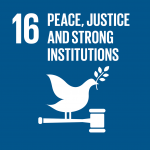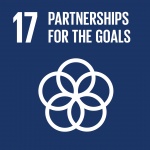The Sustainable Development Goals are the blueprint to achieve a better and more sustainable future for all. They address the global challenges we face, including those related to poverty, inequality, climate change, environmental degradation, peace and justice. The 17 Goals are all interconnected, and in order to leave no one behind, it is important that we achieve them all by 2030.
The Sustainable Development Goals (SDGs) were adopted by all United Nations Member States in 2015 to end poverty, reduce inequality and build more peaceful, prosperous societies by 2030. Also known as the Global Goals, the SDGs are a call to action to create a world where no one is left behind.
As world leaders work to deliver on the 2030 promise, people around the globe are standing up to secure their right to good health, quality education, a clean planet and more.
More than 100 Member States have renewed their commitment to children’s rights in the context of implementing the SDGs. UNAP works with governments, partners and other UN agencies to help countries ensure the goals deliver results for and with every person – now and for generations to come.
How were the goals chosen?
Goals Selection
Unlike the MDGs, which were drawn up by a group of men in the basement of UN headquarters (or so the legend goes), the UN has conducted the largest consultation programme in its history to gauge opinion on what the SDGs should include. Establishing post-2015 goals was an outcome of the Rio+20 summit in 2012, which mandated the creation of an open working group to come up with a draft agenda. The open working group, with representatives from 70 countries, had its first meeting in March 2013 and published its final draft, with its 17 suggestions, in July 2014. The draft was presented to the UN general assembly in September last year. Member state negotiations followed, and the final wording of the goals and targets, and the preamble and declaration that comes with them, were agreed in August 2015.
Alongside the open working group discussions, the UN conducted a series of “global conversations”. These included 11 thematic and 83 national consultations, and door-to-door surveys. The UN also launched an online My World survey asking people to prioritise the areas they’d like to see addressed in the goals. The results of the consultations were fed into the the working group’s discussions.
Some NGOs also believe there are too many goals, but there is a general consensus that it is better to have 17 goals that include targets on women’s empowerment, good governance, and peace and security, for example, than fewer goals that don’t address these issues.
How will the goals be measured?
Measurement
The United Nations Sustainable Development Goals (SDGs) are targets for global development adopted in September 2015, set to be achieved by 2030. All countries of the world have agreed to work towards achieving these goals.
Our SDG Tracker presents data across all available indicators from the Our World in Data database, using official statistics from the UN and other international organizations. It is a free, open-access publication that tracks global progress towards the SDGs and allows people around the world to hold their governments accountable to achieving the agreed goals.
The 17 Sustainable Development Goals are defined in a list of 169 SDG Targets. Progress towards these Targets is agreed to be tracked by 232 unique Indicators. Here is the full list of definitions.
How will the goals be funded?
Funding
That’s the trillion-dollar question. Rough calculations from the intergovernmental committee of experts on sustainable development financing have put the cost of providing a social safety net to eradicate extreme poverty at about $66bn (£43bn) a year, while annual investments in improving infrastructure (water, agriculture, transport, power) could be up to a total of $7tn globally.
In its report last year, the committee said public finance and aid would be central to support the implementation of the SDGs. But it insisted that money generated from the private sector, through tax reforms, and through a crackdown on illicit financial flows and corruption, was also vital.
A major conference on financing for the SDGs, held in the Ethiopian capital Addis Ababa in July, failed to ease concerns that there will not be enough cash to meet the aspirational nature of the goals. The UN said the Addis Ababa action agenda (AAAA for short) contained “bold measures to overhaul global finance practices and generate investment” for tackling the challenges of sustainable development. It included a recommitment to the UN target on aid spending – 0.7% of GNI – set more than 40 years ago and pledges to collect more taxes and fight tax evasion. But civil society groups were less impressed, saying the summit had failed to produce new money to fund the goals, or offer ways to transform the international finance system. Calls for a new international tax body fell on deaf ears.

